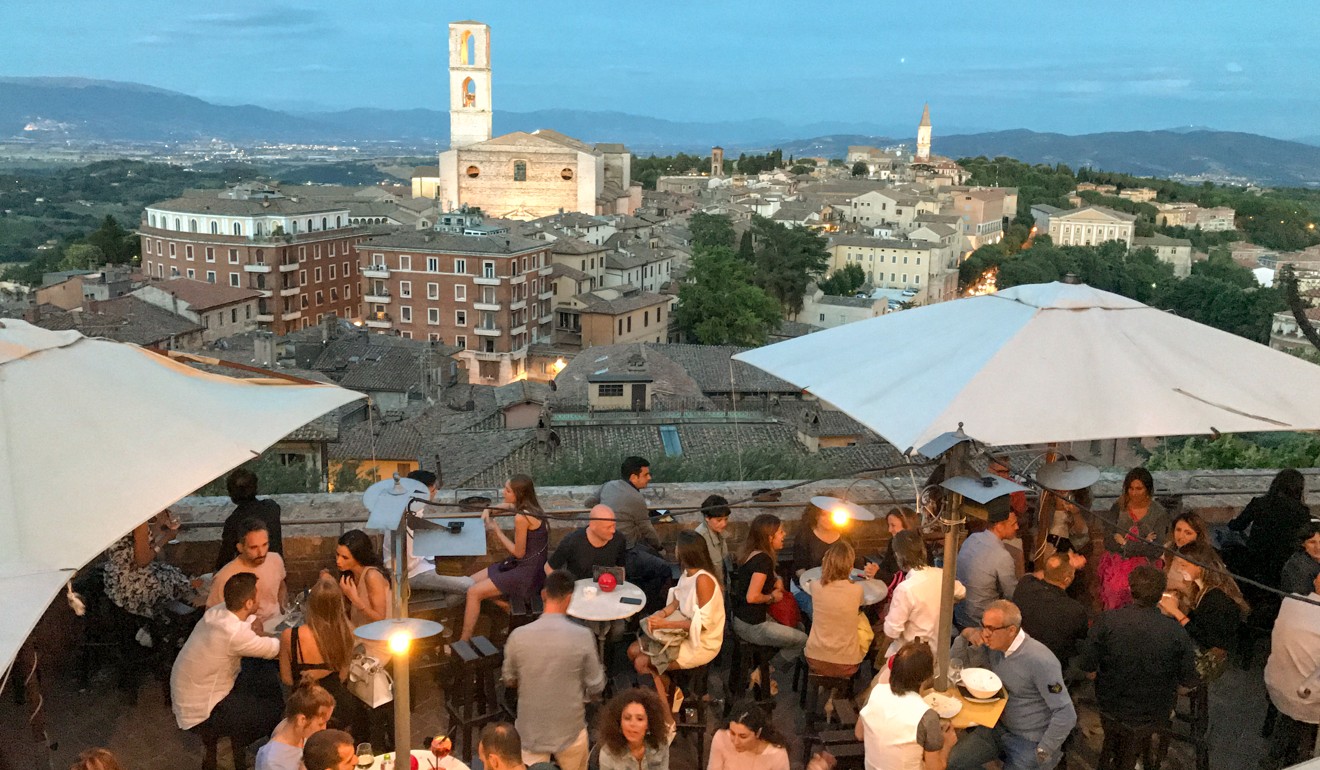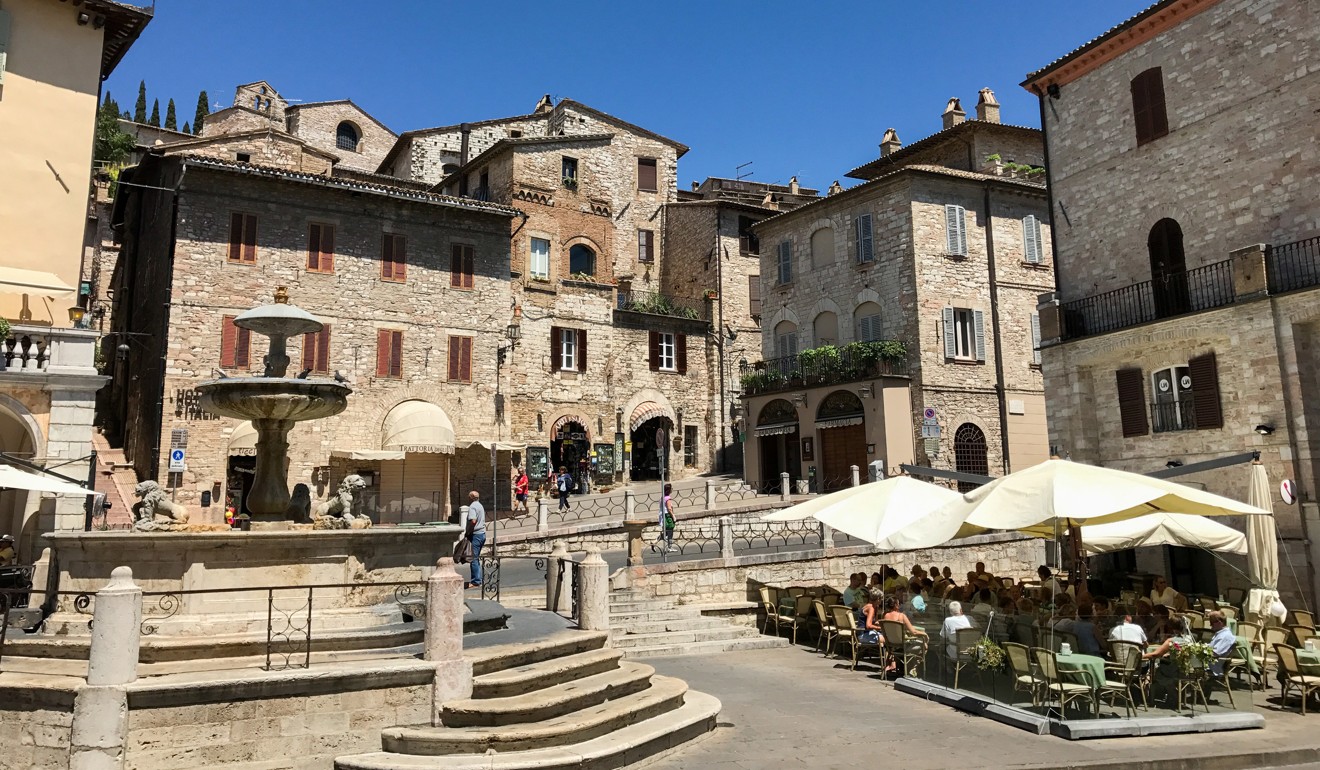
Umbria: fast cars, slow food and St Francis in Italy’s green heart
Umbria is often compared to Tuscany, with its green hills, rustic charm and medieval hill towns, but it has a lot fewer visitors and an appeal all of its own
A hilly patchwork of yellow and green Umbrian fields unfolds on both sides of the road as I zip around hairpin turns in my little red Fiat, feeling every bit the racing car driver. Of course, this being Italy, what I think is death-defying speed isn’t fast enough for drivers coming up behind me.
They barely hesitate, passing me on blind curves on the otherwise nearly deserted road. It is a bit unnerving, but during a week of hopping between Umbria’s hill towns, I relax my grip on the steering wheel and find that getting there is half the fun.

Umbria is a landlocked agricultural region known as the green heart of Italy. A drought earlier this year has left many hillsides tan instead of green – drooping sunflowers with browning leaves are a common sight – but it’s still one of the most beautiful landscapes I’ve ever seen.
What you can buy for the price of a Hong Kong flat: an Italian castle, a Sydney apartment with harbour view or a Dublin townhouse
Once I arrive in Todi, I park and take a free funicular to the top of a mini plateau. The smell of wood smoke lures me from the Piazza del Popolo to the literal edge of town, the cliff-top Ristorante Umbria, for a bite and a view of the sun dropping behind distant mountains.
In the twilight, a cluster of travertine-block buildings just off the piazza look like a medieval theme park, but the town’s winding cobblestone alleys are alive with the sounds of children’s singsong chatter and people doing housework. A news programme blaring from an unseen TV brings me back to modern times.

Irreplaceable: art experts fear the worst after earthquake damages historic Italian buildings
Bartenders, tour guides and hotel workers say visitor numbers have dipped since the earthquakes shook central Italy last year. But even before that, Umbria was less busy than some other regions. The area is sometimes compared to Tuscany, with food and wine as abundant as the vistas, but without the crowds. That’s partly because it’s not served by high-speed trains. I flew to Rome and drove two hours to get there.
By the end of my week, I learn how to handle the Fiat – slam it into first gear to shoot up those hills rather than crawl. I use the move to get around a brave cyclist on my approach to Assisi, whose arid stone buildings are camouflaged from a distance by beige hillsides. Like a desert lizard, up close the town’s brick facades and streets are speckled with a range of sand-to-brown blinds, flecked with pink limestone.

The best things to do on a Taipei layover, from stinky tofu and tea to ships and shopping
A pink and tan basilica honours Francis on a promontory overlooking the valley. Ecclesiastical music floats from shops along Via San Francesco, which leads pilgrims to the basilica. Monks in black dressing gowns and rope belts wander the grounds of a monastery. Inside the cavernous church, frescoes tell the story of how Francis rejuvenated the church by focusing on common folk.
The message resonates and leaves me with a sense of peace. I try holding on to that feeling during the long drive to back to the airport in Rome, but I can’t help getting a thrill out of one last windy ride.
Getting there
Cathay Pacific offers direct flights from Hong Kong to Rome. Visitors can take a regional train from Rome to Assisi. It takes 2½ to three hours. If you rent a car, it’s little more than 160km from Rome to Assisi.
Associated Press
